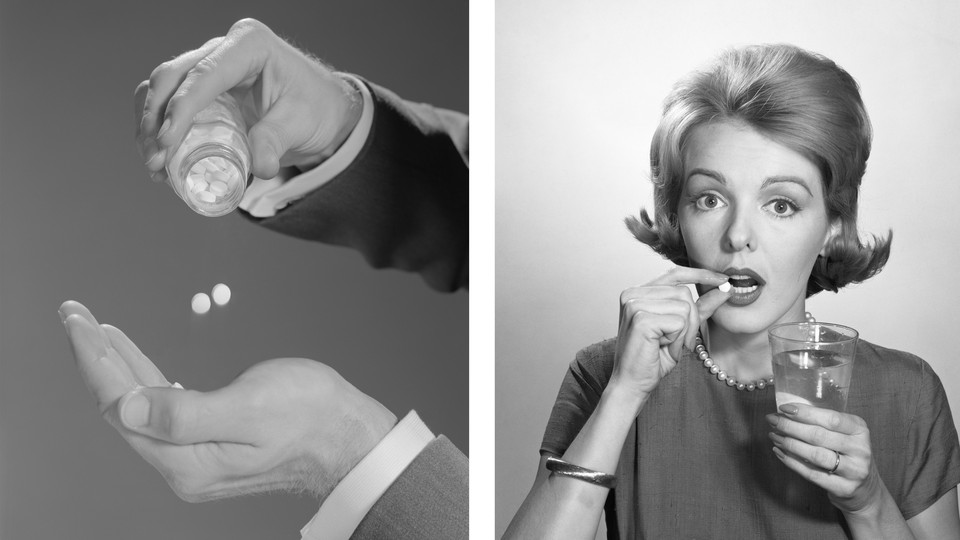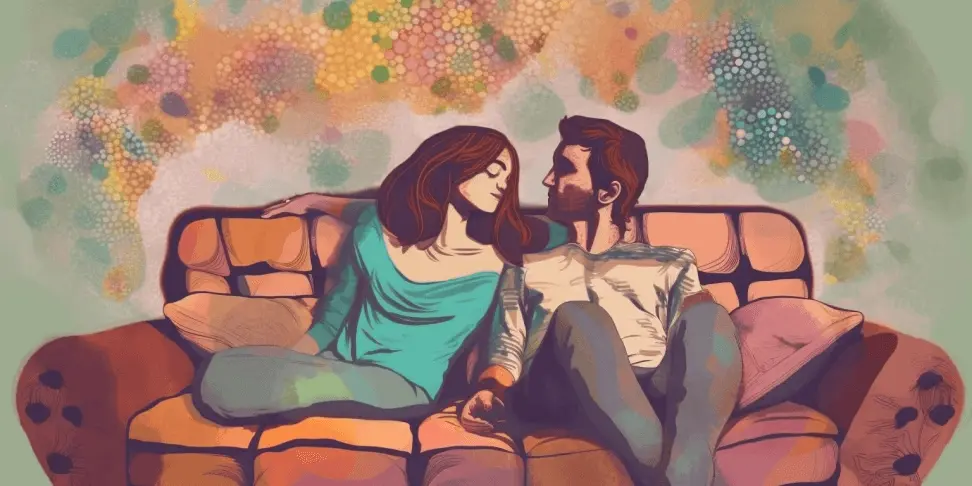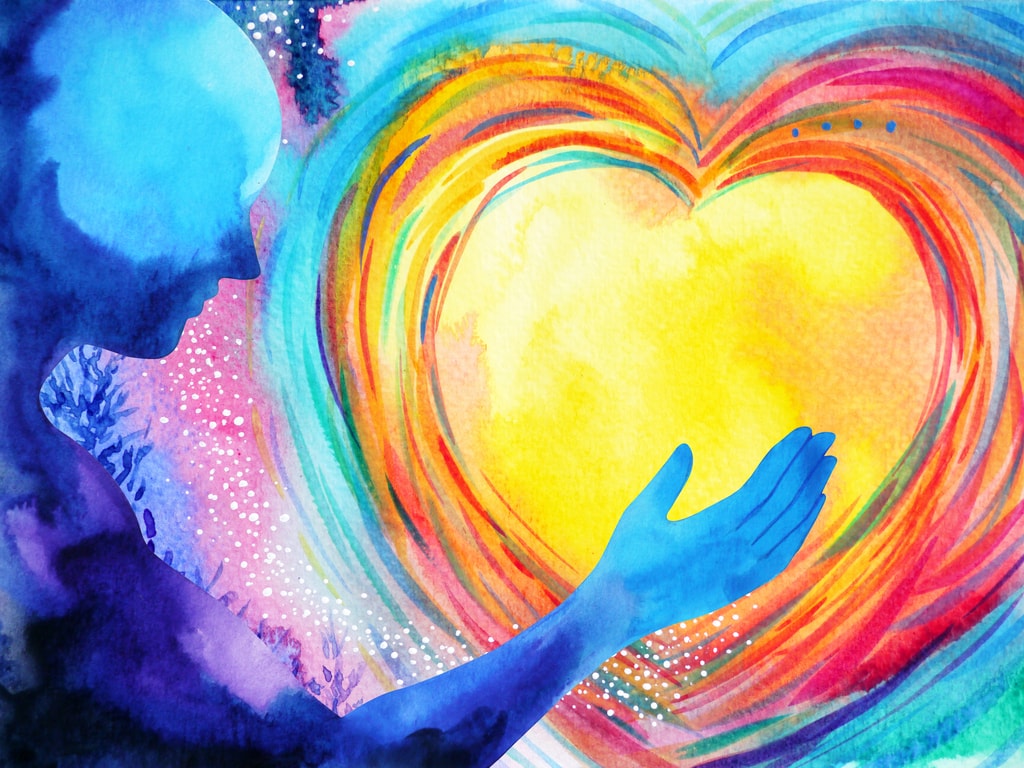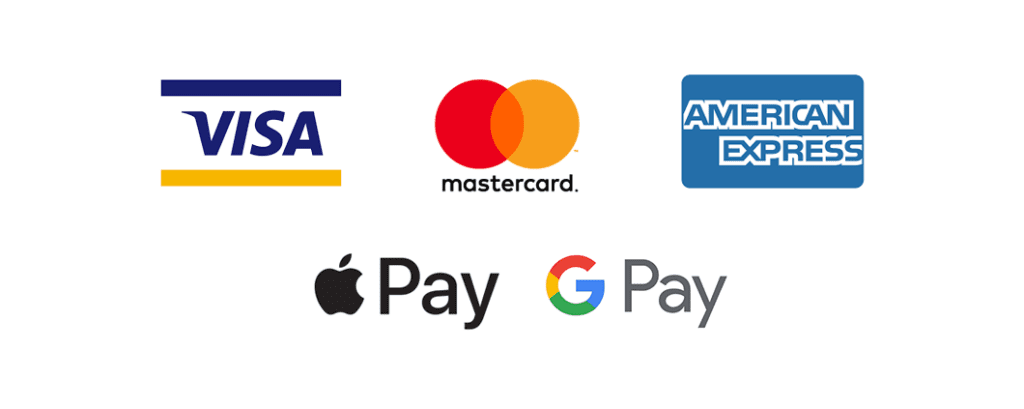
HEMPEARTH – Since the 1980s, MDMA has been associated with connectedness, empathy, and love, making it a natural fit for couples therapy. In the early 1980s, a few dozen clinicians began offering MDMA to their psychotherapy patients as a way to open up the therapeutic process. Based on personal and professional experimentation, some clinicians theorized that by increasing empathy, connectedness, and reducing defensiveness, MDMA would uniquely enhance communication between couples.
Therapists described “the single best use of MDMA” as facilitating “more direct communication between people involved in a significant emotional relationship”. Greer and Tolbert came to this conclusion after conducting MDMA therapy with 29 people, including 5 couples, from 1980-1983. Three out of the five couples experienced increased intimacy and improved communication lasting from a few days up to two years. To my knowledge, no information was supplied about the two couples who did not experience lasting benefits.
Within the modern resurgence of psychedelics as medicinal agents for a range of conditions, the story of MDMA has been re-narrated from a dangerous street “drug” to a breakthrough mental health therapy.
Love and Chemistry
“There’s a lot of neurobiological reasons to think that this substance would be helpful for couples therapy,” says an assistant professor of psychiatry and behavioral sciences who studies psychedelics.
MDMA stokes the activity of feel-good neurotransmitters in the brain, while simultaneously quieting parts of the brain that respond to threats, he explains. It can also spark the release of hormones associated with bonding, such as oxytocin. “[MDMA makes people] feel more emotionally open and empathetic and less triggered by threats or difficult emotional states,”

MDMA helps build trust, release tension and fear, and erode inhibitions, allowing partners to have hard conversations with compassion and without judgment.
MDMA enables people to revisit difficult or traumatic topics without responding as emotionally, which may explain, in part, why it can be effective for people with PTSD. That’s also a potential perk for couples therapy. If there’s a long-held resentment or disagreement in a couple and people are too hurt or too wounded or too guarded to talk about that, but then you’re able to use the drug to temporarily get guards down…that can really help clear out a lot of emotional baggage.

What Does MDMA Feel Like?
The MDMA experience is usually very positive in nature — unlike other psychedelics, which are highly susceptible to the people and environment you spend your time in throughout the trip.
The euphoric effects of MDMA make it less likely for you to experience challenging or scary experiences during the trip.
The effects of MDMA usually begin about an hour after taking the substance. It tends to peak quickly, within about an hour after the effects first start to appear.
You’ll feel a greater sense of euphoria, pleasure, social bonding, connection with the people around you, and your perception of sights and sound will change. MDMA is not a hallucinogen in the traditional sense, but it can make lights and colors appear more vibrant.

What’s The Dose of MDMA?
The usual dose of MDMA is between 50 and 150 mg. Most people take a dose of 100 mg.
The dose of MDMA can vary depending on factors such as your size, how much food you’ve eaten prior to the session, and your experience using MDMA or other stimulants.
Microdosing MDMA
Microdosing is a practice that involves taking a dose of a substance that’s too small to feel the effects.
The most common substances people microdose are psychedelics like LSD or magic mushrooms, but people are microdosing MDMA as well with the goal of improving focus, concentration, creativity, and connection with others.
“It’s used by couples to experience a deeper level of closeness and sexual intimacy.“







